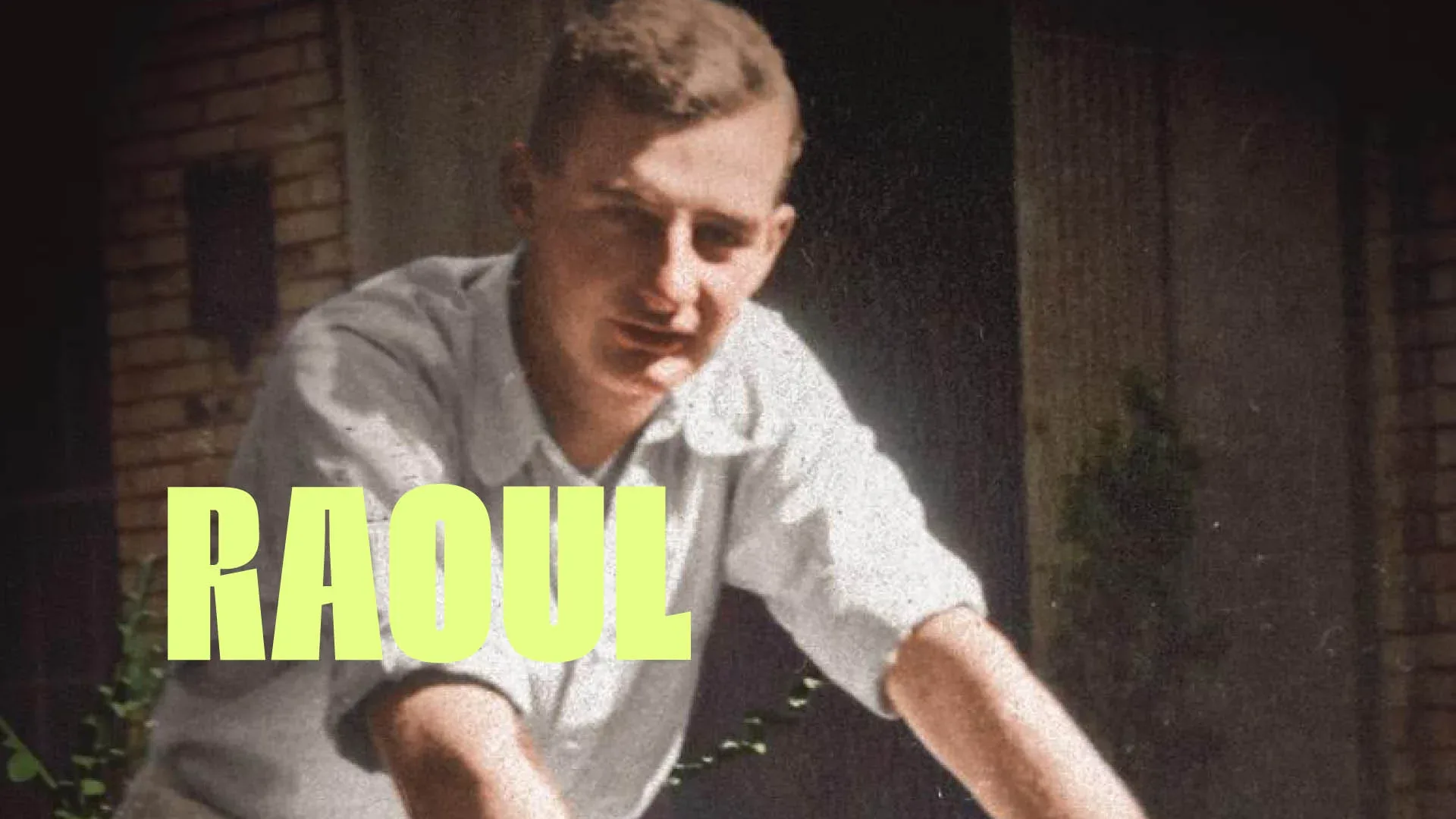RAOUL
Who was Raoul Wallenberg and what was he doing in Budapest in 1944? And why is he remembered by people all over the world?
Raoul Wallenberg was a Swedish diplomat who made a difference for tens of thousands of people. By issuing protective passports and establishing so-called Swedish houses, designated as Swedish territory, he saved the lives of many Hungarian Jews in the final stages of the Second World War.
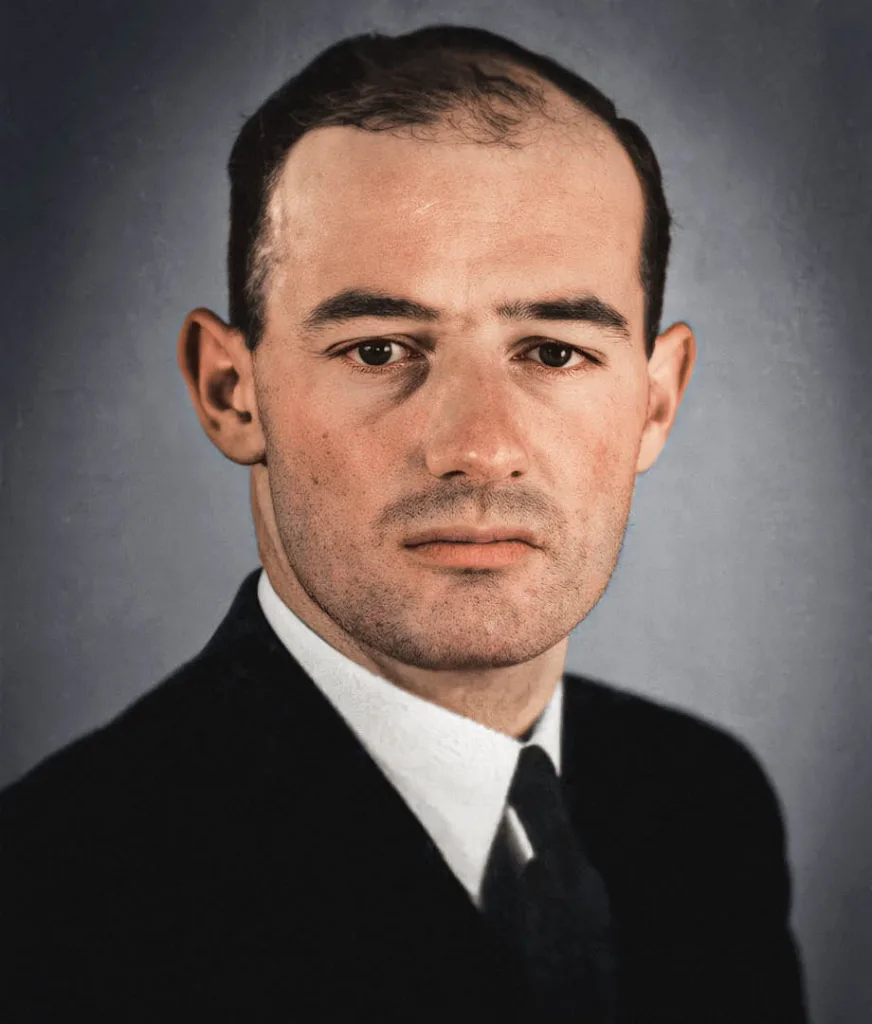
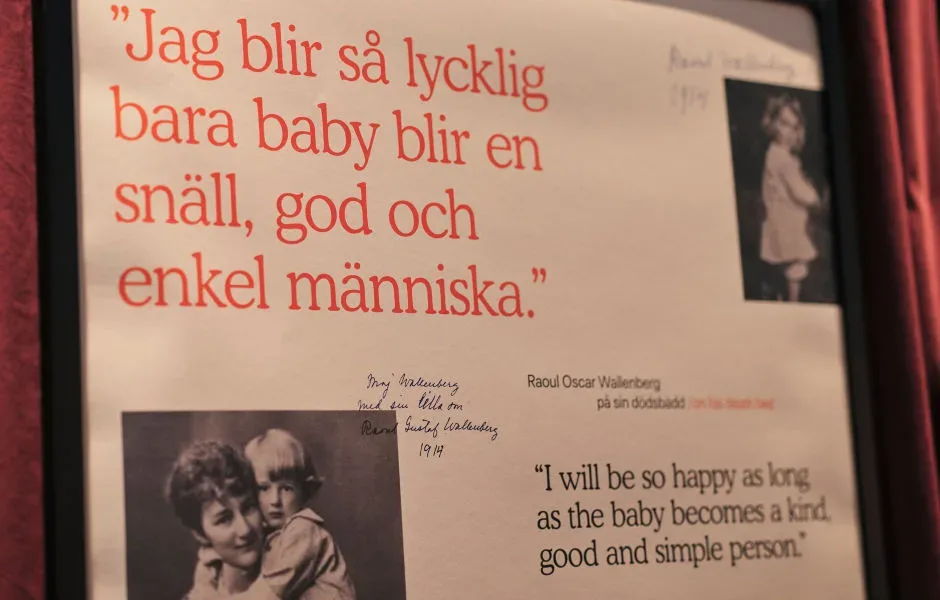
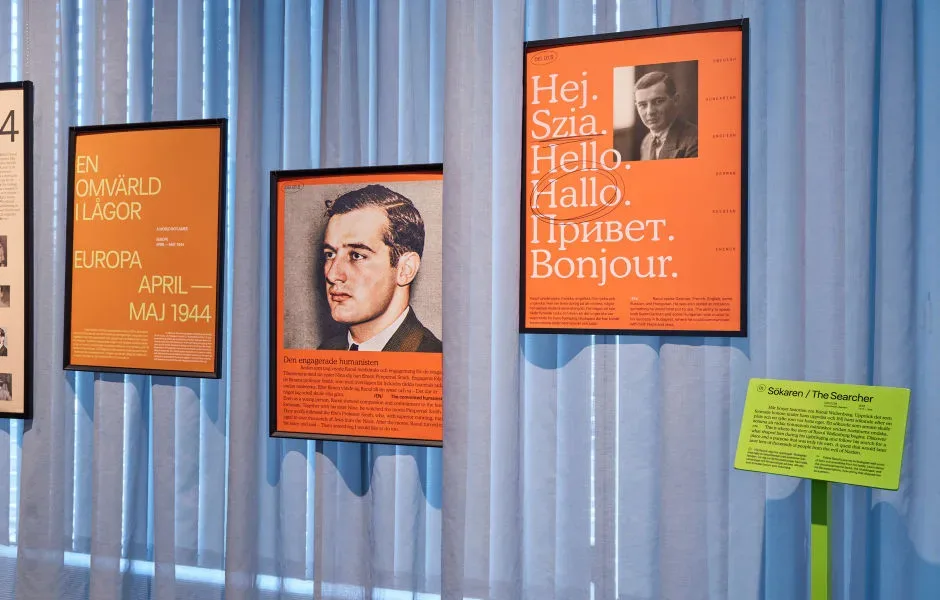
Raoul Wallenberg was born in 1912 and the last time he was seen in freedom was on January 17, 1945. He was then arrested by Soviet authorities and imprisoned. His fate is unknown.
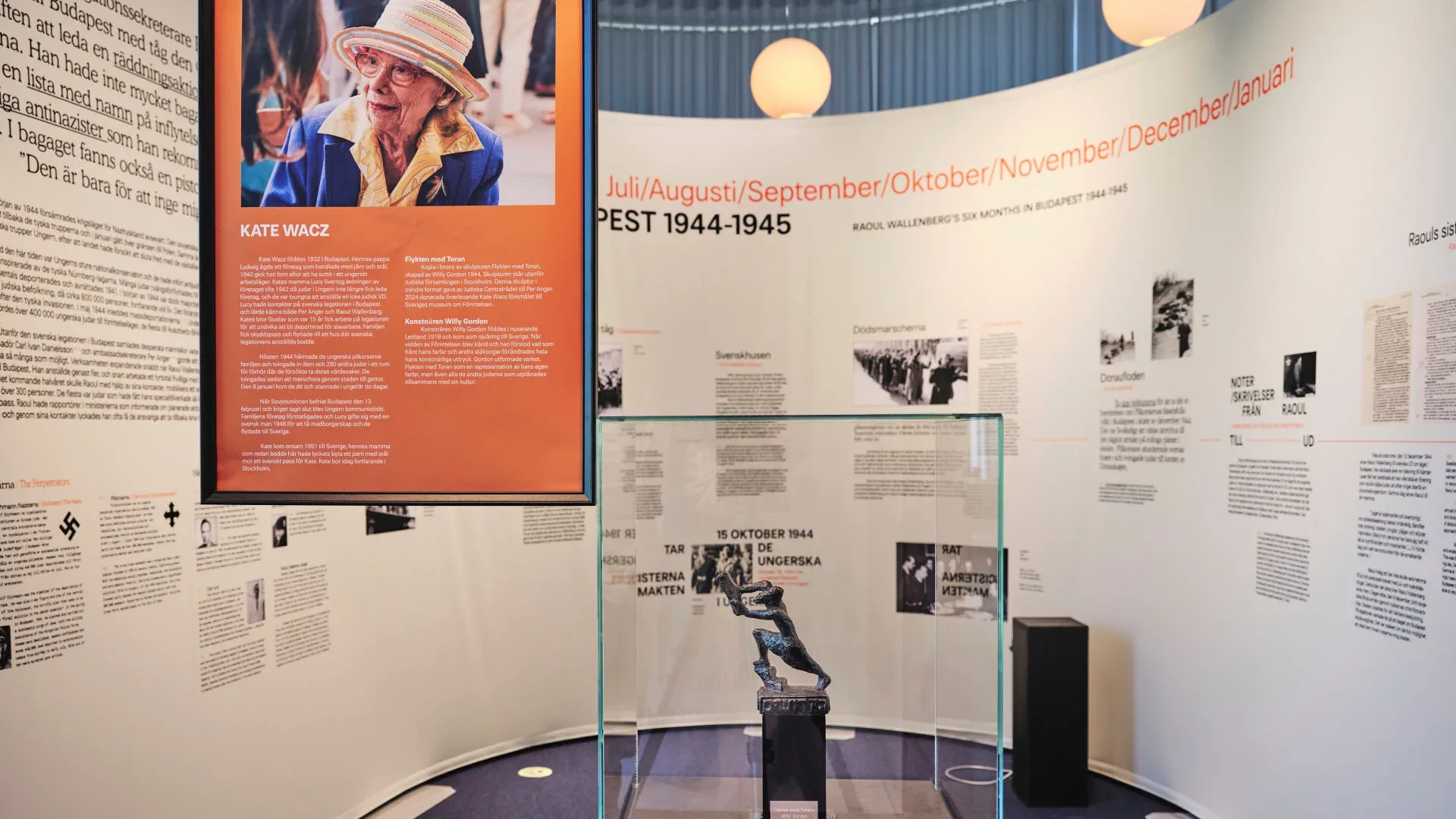
From childhood to disappearance
The exhibition highlights Raoul's entire life, focusing on his time and deed in Budapest. Starting from his childhood and the relationships that shaped him, the exhibition continues by highlighting the mission that Raoul was given and the events in Budapest in 1944–1945. The visitors can also learn more about the people he saved and take part of testimonies from people who met Raoul. Raoul's disappearance in January 1945 is also a part of the story.
Collaboration and exhibition production
The exhibition has been produced by the Raoul Wallenberg Academy and Sunny at Sea in collaboration with the Swedish Holocaust Museum.
Photo collage: Portrait Raoul Wallenberg. Photo: Raoul Wallenberg Academy. Exhibition images. Photo: Ola Myrin, Swedish Holocaust Museum/SHM.
